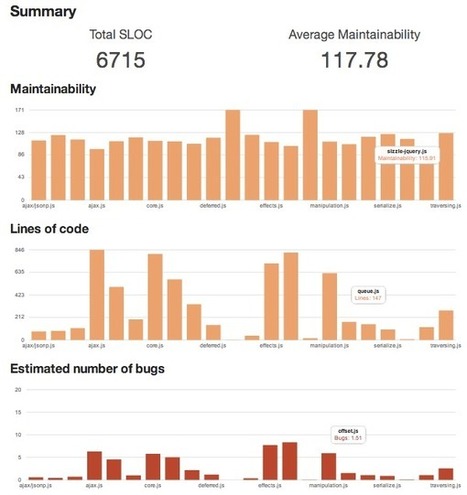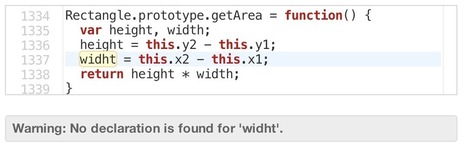You probably know that testing is good, but the first hurdle to overcome when trying to write unit tests for client-side code is the lack of any actual units; JavaScript code is written for each page of a website or each module of an application and is closely intermixed with back-end logic and related HTML. In the worst case, the code is completely mixed with HTML, as inline events handlers.
This is likely the case when no JavaScript library for some DOM abstraction is being used; writing inline event handlers is much easier than using the DOM APIs to bind those events. More and more developers are picking up a library such as jQuery to handle the DOM abstraction, allowing them to move those inline events to distinct scripts, either on the same page or even in a separate JavaScript file. However, putting the code into separate files doesn’t mean that it is ready to be tested as a unit.
What is a unit anyway? In the best case, it is a pure function that you can deal with in some way — a function that always gives you the same result for a given input. This makes unit testing pretty easy, but most of the time you need to deal with side effects, which here means DOM manipulations. It’s still useful to figure out which units we can structure our code into and to build unit tests accordingly.
 Your new post is loading...
Your new post is loading...
 Your new post is loading...
Your new post is loading...























